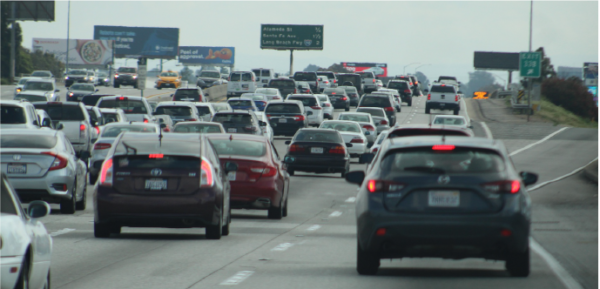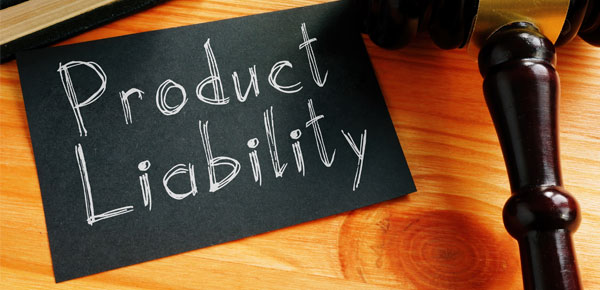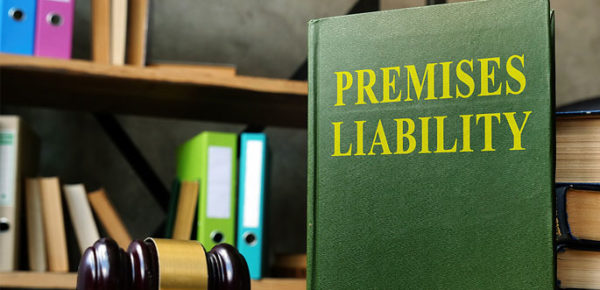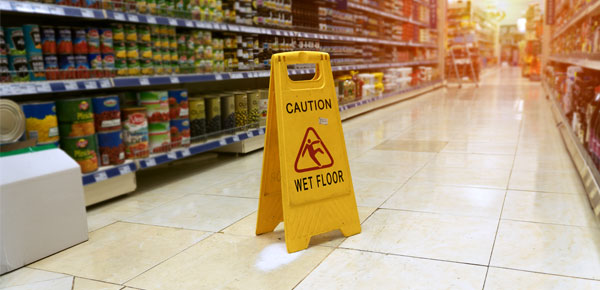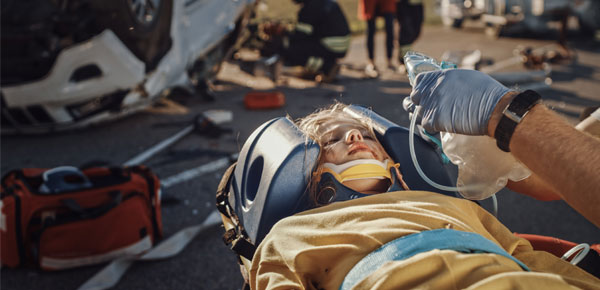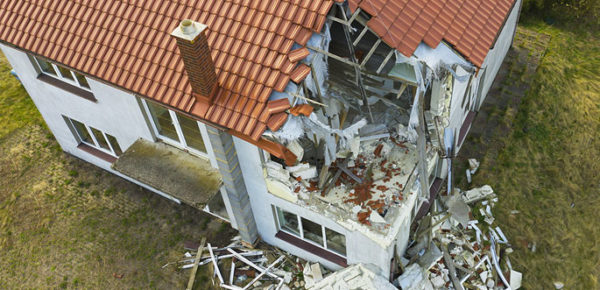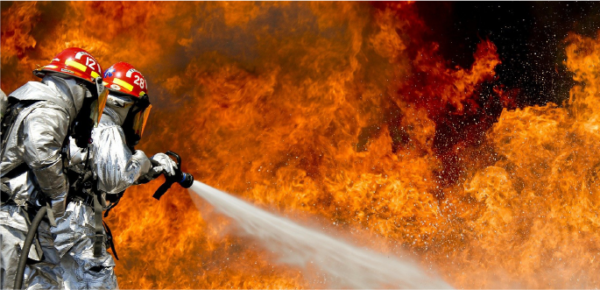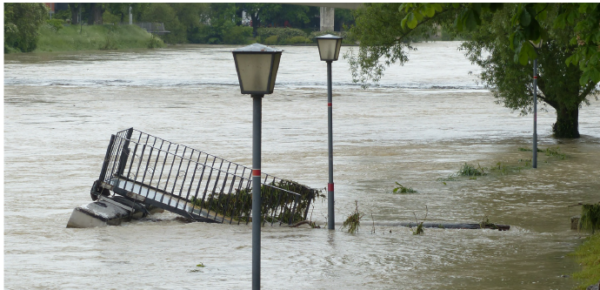Understanding the common causes of wrongful deaths can help prevent these tragedies and ensure that victims and their families receive justice.
Wrongful deaths occur when someone dies due to the negligence, recklessness, or intentional act of another person.
Below, we explore the three most common causes of wrongful deaths: motor vehicle accidents, medical malpractice, and workplace accidents.
Factoid About Medical Malpractice Deaths in the US
| Cause of Death | Total Deaths | Rate per 100,000 People | Percentage of Fatal Accidents |
|---|---|---|---|
| Fatal Accidents | 224,935 | 68 | 100% |
| Falls | 44,686 | 13.5 | 19.9% |
| Motor Vehicle Accidents | 45,404 | 13.7 | 20.2% |
| Accidental Poisoning | 102,001 | N/A | 40% |
| Homicides | 26,031 | 7.8 | N/A |
| Homicides Involving Firearms | 20,958 | N/A | N/A |
Motor Vehicle Accidents
Motor vehicle accidents are one of the leading causes of wrongful deaths in the United States. These accidents can involve cars, motorcycles, trucks, and even pedestrians. They often result from human error, making them largely preventable with proper care and attention.
Each type of accident has its own specific causes and legal implications, which are important to understand.
Types of Motor Vehicle Accidents
There are various types of motor vehicle accidents that can lead to wrongful deaths.
Car and auto accidents are the most common, often occurring due to everyday traffic issues. Motorcycle accidents are particularly dangerous because riders have less protection. Trucking accidents can be especially severe due to the size and weight of commercial trucks.
Pedestrian and bicycle accidents also pose significant risks, highlighting the vulnerability of those not in vehicles.
Common Causes
Distracted driving is a significant cause of motor vehicle accidents.
Drivers texting or using their phones are less likely to notice changes in traffic or road conditions.
Drunk driving is another major cause, as alcohol impairs judgment and reaction times.
Speeding and reckless driving also contribute, with drivers often losing control of their vehicles or being unable to stop in time to avoid a collision.
Legal Implications
When a motor vehicle accident results in a wrongful death, various legal implications arise.
Negligence is often a key factor, as it must be proven that the driver failed to exercise reasonable care.
Liability determines who is legally responsible for the accident.
Compensation claims can be filed by the victim’s family to cover medical expenses, funeral costs, and loss of income.
Prevention Measures
Implementing safe driving practices is crucial in preventing motor vehicle accidents. This includes obeying traffic laws, avoiding distractions, and never driving under the influence.
Public awareness campaigns play a vital role in educating drivers about the dangers of reckless behaviors and the importance of road safety.
Impact on Families
The impact of a wrongful death from a motor vehicle accident on families is profound.
Emotional consequences include grief and trauma, while financial burdens arise from medical bills, funeral expenses, and loss of income.
Families often struggle to cope with the sudden loss and the long-term effects on their lives. These burdens can be overwhelming and require significant support.
Medical Malpractice
Medical malpractice is another leading cause of wrongful deaths in the United States. It occurs when healthcare professionals fail to provide the standard of care expected in the medical community, resulting in patient harm or death.
These tragic events are often preventable and highlight the critical need for accountability and improvement in healthcare practices.
Types of Medical Malpractice
Medical malpractice is a serious issue that can lead to severe injuries or even death. It occurs when healthcare professionals fail to provide the standard of care expected in their field, resulting in harm to the patient.
Understanding the different types of medical malpractice can help patients and families recognize potential issues and take necessary action.
- Surgical Errors
- Misdiagnosis
- Medication Errors
- Birth Injuries
- Anesthesia Errors
- Failure to Treat
- Inadequate Follow-Up
- Informed Consent Issues
- Emergency Room Errors
- Hospital-Acquired Infections
By understanding these types of medical malpractice, patients can be more vigilant about their healthcare and take steps to protect themselves.
Common Causes
Human error is a significant factor in medical malpractice cases.
Inadequate training or fatigue can lead to mistakes that have serious consequences. System failures, such as poor communication between medical staff or faulty medical equipment, also contribute to these incidents.
Sometimes, medical professionals may neglect proper procedures, leading to avoidable errors that harm patients.
Legal Framework
The legal framework surrounding medical malpractice is complex.
Medical negligence must be established, showing that the healthcare provider failed to meet the standard of care.
Malpractice lawsuits often involve detailed investigations and testimonies to prove negligence.
Victims’ families can seek compensation for medical expenses, pain and suffering, and loss of income through these legal channels.
Prevention Measures
Preventing medical malpractice requires a multifaceted approach. Improved protocols and strict adherence to medical guidelines are essential.
Continuing medical education for healthcare professionals ensures they stay updated on best practices and new medical advancements.
Additionally, fostering a culture of open communication within medical teams can help prevent errors.
Impact on Patients and Families
The impact of medical malpractice on patients and their families is devastating.
Health consequences can include long-term disability, chronic pain, or even death. The financial impact is also severe, with families facing high medical bills and loss of income.
Emotional distress and trauma from these incidents can last a lifetime, requiring extensive support and counseling.
Role of Medical Institutions
Medical institutions play a critical role in preventing malpractice. They must ensure quality control and patient safety initiatives are in place and rigorously followed.
Implementing comprehensive safety protocols and regular audits can help identify and address potential risks before they result in harm.
Workplace Accidents
Workplace accidents are a significant cause of wrongful deaths, affecting many industries and leading to devastating losses for families and communities.
These incidents often result from unsafe working conditions, inadequate safety protocols, or equipment failures.
Understanding the common causes and legal implications of workplace accidents is essential for improving safety and ensuring accountability.
Types of Workplace Accidents
Workplace accidents can occur in various settings and take many forms.
Construction accidents are particularly prevalent due to the high-risk nature of the job, involving falls, equipment malfunctions, and hazardous materials.
Industrial accidents, common in manufacturing and production environments, often involve machinery, chemical spills, and explosions.
Office-related incidents, while less dramatic, can include slips, trips, and falls, as well as ergonomic injuries from repetitive tasks.
Common Causes
The common causes of workplace accidents often stem from a combination of human error and systemic failures.
Lack of safety training leaves workers unprepared to handle risks effectively.
Unsafe working conditions, such as poorly maintained equipment or inadequate safety gear, increase the likelihood of accidents.
Equipment failures, whether due to wear and tear or improper maintenance, also pose significant dangers to workers.
Legal Aspects
Workplace accidents that result in wrongful deaths bring forth various legal considerations.
Workers’ compensation is a fundamental aspect, providing financial support to the families of deceased workers.
Determining liability involves assessing whether the employer failed to provide a safe working environment or neglected necessary safety protocols.
Negligence must be proven to hold the responsible parties accountable and secure compensation for the victim’s family.
Prevention Measures
Preventing workplace accidents requires a proactive approach from employers and employees alike.
Safety training programs are essential to educate workers on recognizing hazards and handling them appropriately.
Compliance with regulatory standards set by organizations like OSHA (Occupational Safety and Health Administration) ensures that workplaces meet minimum safety requirements.
Regular safety audits and inspections can identify potential risks and address them before accidents occur.
Impact on Workers and Families
The impact of workplace accidents extends beyond the immediate loss of life, affecting the deceased worker’s family and colleagues.
Families face emotional trauma and financial hardships due to the loss of income and the burden of medical and funeral expenses.
Colleagues may experience decreased morale and fear of similar incidents, which can affect productivity and workplace culture.
Role of Employers
Employers have a vital role in ensuring workplace safety and preventing accidents. This involves implementing comprehensive safety standards, providing ongoing training, and maintaining equipment properly.
Incident reporting systems should be in place to allow workers to report hazards without fear of retaliation.
Employers must also foster a culture of safety where workers feel responsible for each other’s well-being.
Legal Process for Wrongful Deaths
The legal process for wrongful death claims can be complex and emotionally taxing for the families involved. It is essential to understand each step to ensure justice is served and appropriate compensation is received.
Here is a detailed look at the legal process for wrongful deaths:
- Initiating a Wrongful Death Claim
- Establishing Negligence
- Determining Liability
- Filing the Lawsuit
- Discovery Process
- Settlement Negotiations
- Trial
- Compensation
- Appeals Process
Understanding the legal process for wrongful deaths can help families manage this challenging time and secure the compensation they need to move forward.
Seek Justice with Pyramid Legal
If you or a loved one has been affected by a wrongful death, it is crucial to seek legal support.
Pyramid Legal, your Pasadena wrongful death lawyer, is dedicated to helping families navigate this difficult time.
With a commitment to justice, our team will work tirelessly to ensure you receive the compensation you deserve.
Contact us at (818) 814-8070 today for a consultation and let us help you take the first step towards justice and closure.

